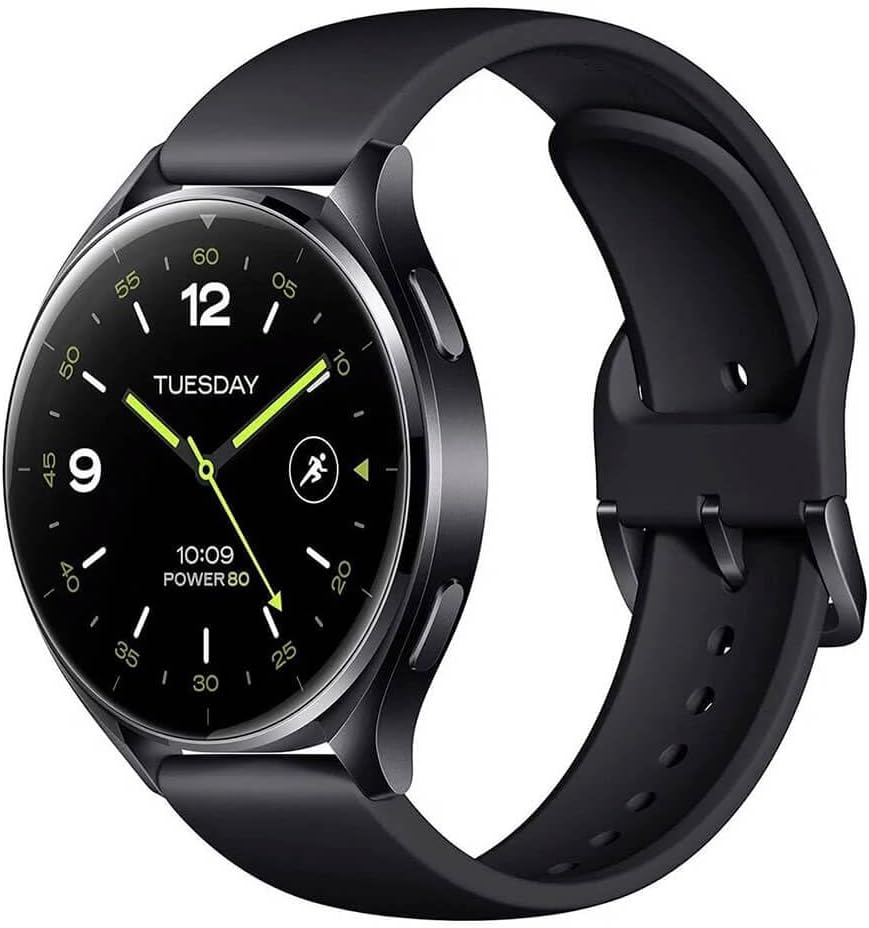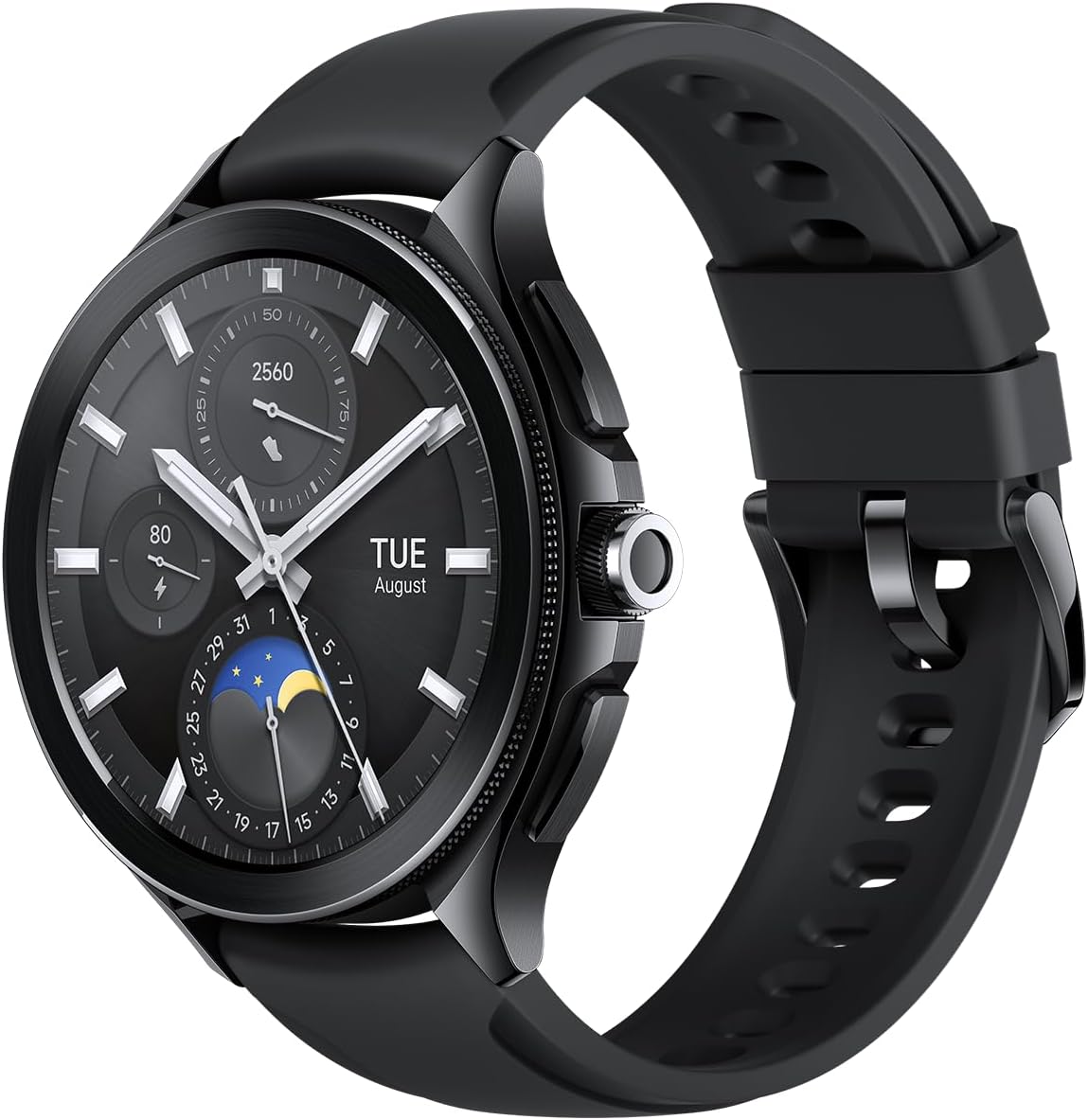Let’s cut to it. You’re here because you’re eyeing one of Xiaomi’s new smartwatches and you’ve hit the classic dilemma: “Do I get the regular Watch 2 or stretch for the Pro?” And hey, we get it. They sound almost identical, run on the same software, and even look pretty similar. But once you start wearing them, sweating with them, maybe even sleeping with them—it becomes pretty clear: these two wearables are not twins.
We’ve worn both day in, day out. Gone running with them, tracked workouts, checked WhatsApp messages, and yes, stared at our wrists in the middle of meetings like we were waiting for a secret signal. What surprised us most? The differences aren’t always where you’d expect. So let’s walk through every angle so you can figure out which one actually fits your life.
Design: same face, different soul
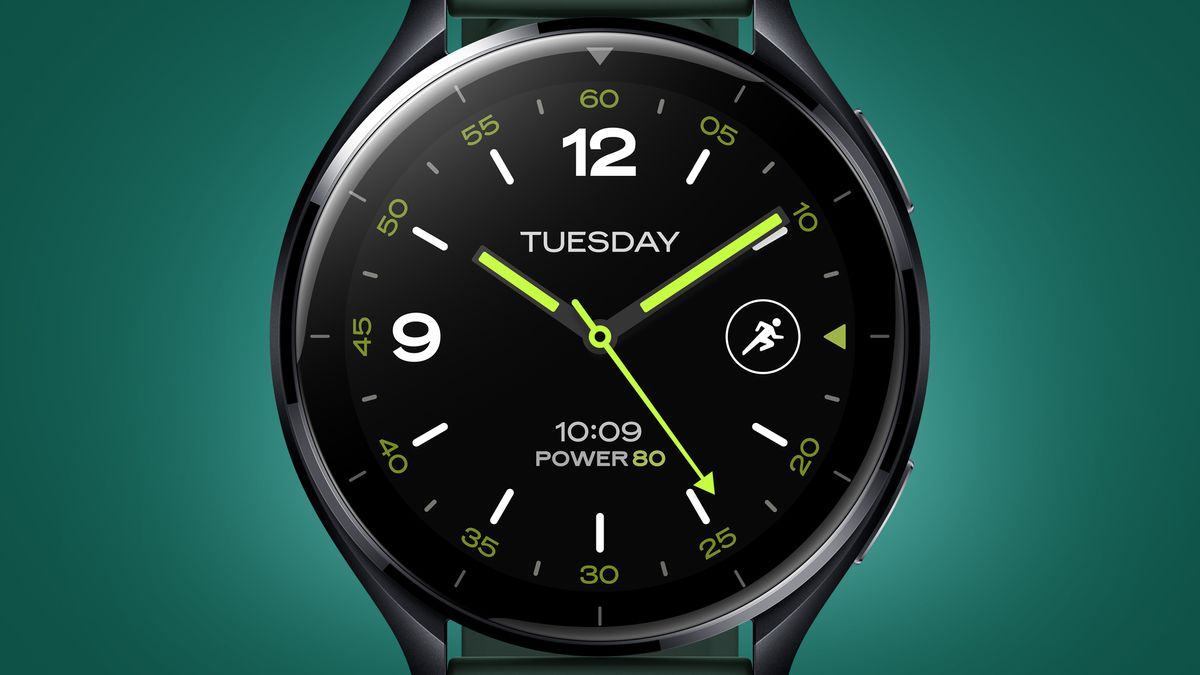
Put them side by side, and you’ll probably say, “Wait, are they the same watch?” They’re not. They both rock a 1.43-inch AMOLED panel with 466 x 466 resolution and 326 PPI, so the visuals are tied: vibrant, sharp, and visible even in bright sunlight. But once you pick them up, the differences start talking.
The Watch 2 Pro is heavier, built in stainless steel, and weighs 54.5 grams without the strap. You feel that weight immediately. On the wrist, it leans toward the chunky side, giving it a more “serious tool” vibe. Add to that the rotating crown—it’s tactile and feels like something borrowed from a classic timepiece.
The regular Watch 2 is lighter by almost 18 grams, using aluminum instead of steel. It may not scream “luxury,” but it absolutely wins in comfort. You can wear it all day and forget it’s there—especially if you’re tracking long workouts or sleeping with it on.
So yeah, they look alike. But they wear very differently. If comfort during activity matters more than a premium finish, the lighter Watch 2 makes life easier.
Display and interface: beauty isn’t the issue
AMOLED across both? Check. Great resolution and brightness? Also check. 600 nits peak brightness is plenty for outdoor use, and touch response is smooth. So no real fight there.
Where things get stickier is in the software experience. Both watches run Wear OS 3.5 with Xiaomi’s MIUI skin layered on top. And while it brings in all the essentials—Google Maps, Assistant, Wallet, YouTube Music—it’s not always silky. We’ve had moments where animations stuttered or menus hesitated.
That said, the Snapdragon W5+ Gen 1 chip under the hood keeps things snappy most of the time. App launches are fast, voice commands register quickly, and multitasking isn’t a chore.
But if you’re used to a Pixel Watch or Samsung’s version of Wear OS, Xiaomi’s interface will feel a bit… DIY. Functional, sure. Polished? Not quite.
Connectivity: the Pro steps out alone
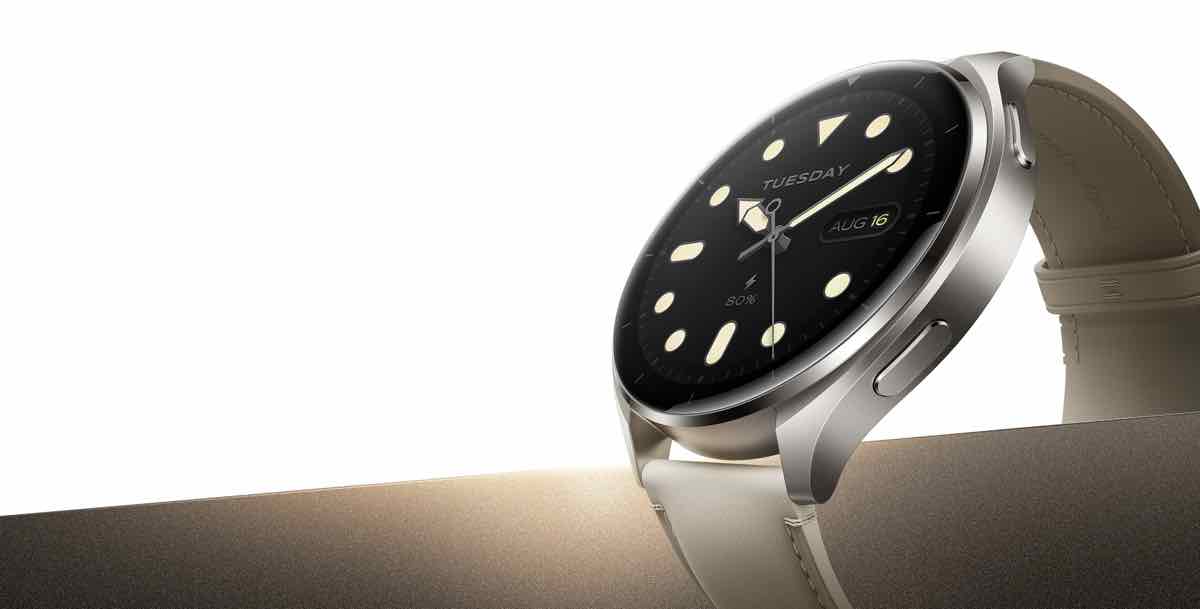
Here’s a big fork in the road: the Watch 2 Pro offers an LTE version with eSIM. The Watch 2 doesn’t. That means you can leave your phone at home and still take calls, reply to texts, or stream music with the Pro.
That freedom? It’s a game-changer if you actually use it. Running without your phone, doing errands while streaming Spotify—that’s where the LTE Pro shines.
But if you’re always carrying your phone anyway? Then Bluetooth + Wi-Fi on the regular Watch 2 might be more than enough. Especially considering the Pro’s LTE tax.
If true independence from your phone is non-negotiable, only the Pro delivers it.
Battery life: very even, until LTE steps in
Both watches pack a 495mAh battery, both charge magnetically, and both hit full in about 45 minutes. And Xiaomi says you can expect up to 65 hours of battery life in typical use. In our tests, that claim holds up surprisingly well.
We managed two full days with constant heart rate tracking, sleep monitoring, notifications, and a couple of workouts thrown in. That’s pretty decent by Wear OS standards.
The Pro’s LTE version does burn battery faster, especially if you’re doing data-heavy stuff like music streaming or navigation without Wi-Fi. But if you keep LTE usage moderate, you’re still getting a solid window before needing the charger.
So battery life? Mostly a tie—unless you’re leaning heavily on that cellular connection.
Health and fitness: neck and neck (almost)
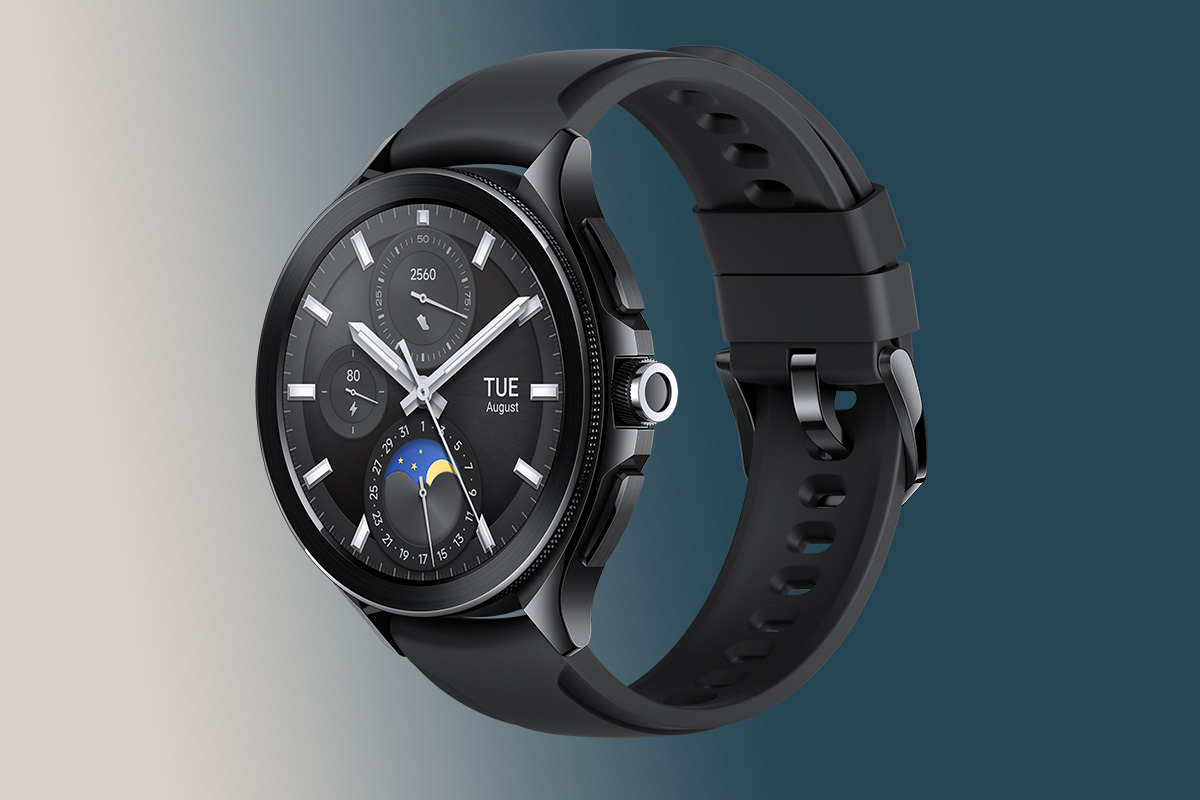
From a fitness perspective, both models share the same foundation: 150+ sports modes, dual-band GPS, heart rate and SpO2 sensors, sleep and stress tracking. And everything works well enough for most users.
The dual-frequency GNSS (L1 + L5) on both models makes a big difference for accurate location tracking. Urban canyons, forested trails—signal lock is quick, and route fidelity is solid. Not Garmin-level, but much better than your average smartwatch.
So where’s the difference? The Pro throws in a bioelectrical impedance sensor. That means body composition analysis: body fat percentage, bone mass, basal metabolic rate—the works. Sounds cool, but let’s be real—accuracy can be hit or miss. It’s not a replacement for a DEXA scan.
Still, it adds an extra layer if you like deeper health insights, or just want to track trends over time.
Hardware and storage: completely matched
Here’s a plot twist: both the Watch 2 and the Watch 2 Pro come with 2GB of RAM and 32GB of storage. That’s plenty for Wear OS. Download apps, save offline Spotify playlists, store a few images—no problem.
All the standard sensors are here too: accelerometer, gyroscope, compass, barometer, ambient light sensor. Nothing major is missing. In daily use, performance is indistinguishable. So don’t pick based on RAM or storage. They’re identical.
Navigation: a shared strength
Xiaomi doesn’t always get credit for this, but they nailed navigation here. Both watches support GPS, Glonass, Galileo, Beidou, and QZSS. That’s full satellite buffet coverage.
And with dual-band support, both watches are reliable for outdoor workouts—even in places where signal gets tricky. Walking in dense city blocks or wooded areas? You get fast lock-on and accurate tracking.
This isn’t a Pro-exclusive benefit, and that’s good news for people leaning toward the standard Watch 2. It’s another area where the cheaper model punches well above its price.
Software and future support: a mixed bag

Let’s be honest: Xiaomi’s MIUI for Watch is practical, but it’s not a highlight. It adds extra features and a different look, but sometimes at the cost of smoothness.
And while both watches run on Wear OS 3.5, we don’t have clear info about long-term updates. With Wear OS 5 already announced, there’s no guarantee these watches will get the upgrade. That uncertainty applies to both models equally.
Still, Google apps are here. The Play Store works. You can get WhatsApp, Strava, Telegram, and more. The essentials are covered.
Conclusion: the Watch 2 makes more sense
So here’s the bottom line. If you want every possible feature Xiaomi can cram into a watch—the steel case, the rotating crown, LTE, and body composition scans—the Watch 2 Pro is a very complete device. It’s the kind of thing you get because you want the top shelf, not necessarily because you need it.
But for most people? The regular Xiaomi Watch 2 is the better deal. It’s lighter, more comfortable, and still packs the same display, chip, battery, storage, sensors, and core tracking features. Unless LTE or body composition is a must-have, you’re not missing much.
And here’s the kicker: you’ll probably enjoy wearing the Watch 2 more because it’s just easier. Lighter. Simpler. Less to fuss with. It slips into your life instead of shouting for attention.
So yeah, the Pro’s got a few tricks. But the Watch 2? She’s the one that just makes more sense.

